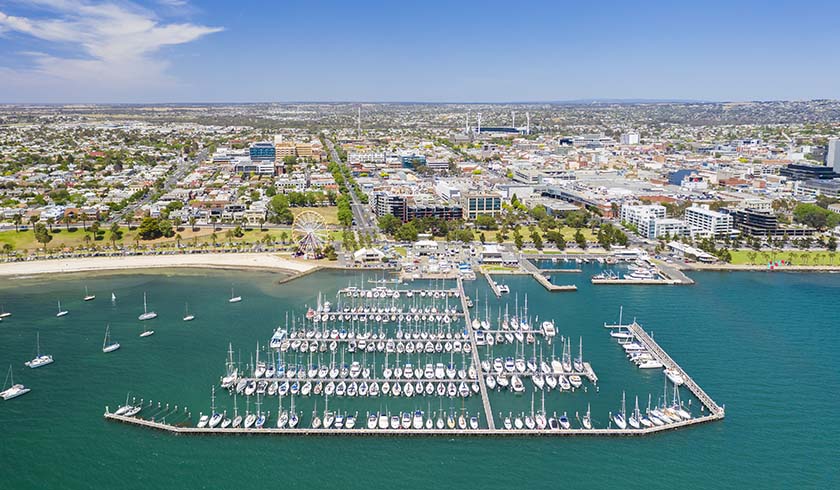Geelong on top as great regionalisation drives population growth
Victoria’s second-largest city has proven to be the top beneficiary of the flow of city dwellers to regional areas, driven by newly flexible working conditions brought about at the onset of the COVID-19 pandemic.

Nerida Conisbee, Ray White’s chief economist, looked at population growth per annum during the pandemic (2019 to 2021) and compared it to the long-term average between 2001 and 2021 to identify the areas that experienced the greatest growth during the pandemic, relative to historic figures.
Geelong’s population has increased by 7,157 each year since March 2020, which is a significant uptick from its usual inflow of 5,000 people per year.
Coming in next was the Hunter Valley (not including Newcastle), which has seen 5,280 new residents on average each year since COVID-19 struck, up from 3,630. Ms Conisbee put this, as well as Geelong’s figures, down largely to a shift towards remote work, but she also credited the areas’ bang for buck – home hunters looking for more space found they could get it at a more affordable price in these locations, as opposed to in the capitals.
Yet many relocators didn’t want to end up too far from metropolitan centres.
“The majority of top pandemic growth regions were either outer suburban areas of capital cities or regional locations close to capital cities,” noted Ms Conisbee.
For every rule, however, there is an exception: one outlier was the Murray region of NSW, where population growth has recently more than doubled the long-term average, particularly in towns such as Albury, Hay and Deniliquin, none of which are within commuting distance to any capital city.
“It is likely that the popularity of this area is part lifestyle change but also due to some bumper agricultural conditions that have been seen over the past two years,” Ms Conisbee explained.
The question on many industry insiders’ lips now is whether this population growth will continue on its current trajectory, particularly as many real estate networks have expanded their regional offerings to accommodate the flow of new regional residents.
Ms Conisbee believes coming factors may, in fact, accelerate the rate of expansion in the regions.
“It is possible that many of these areas will see even greater population growth in the next 12 months. International borders are open again which means that migration to Australia is starting up again. The momentum in many of these areas is set to continue,” she said.

